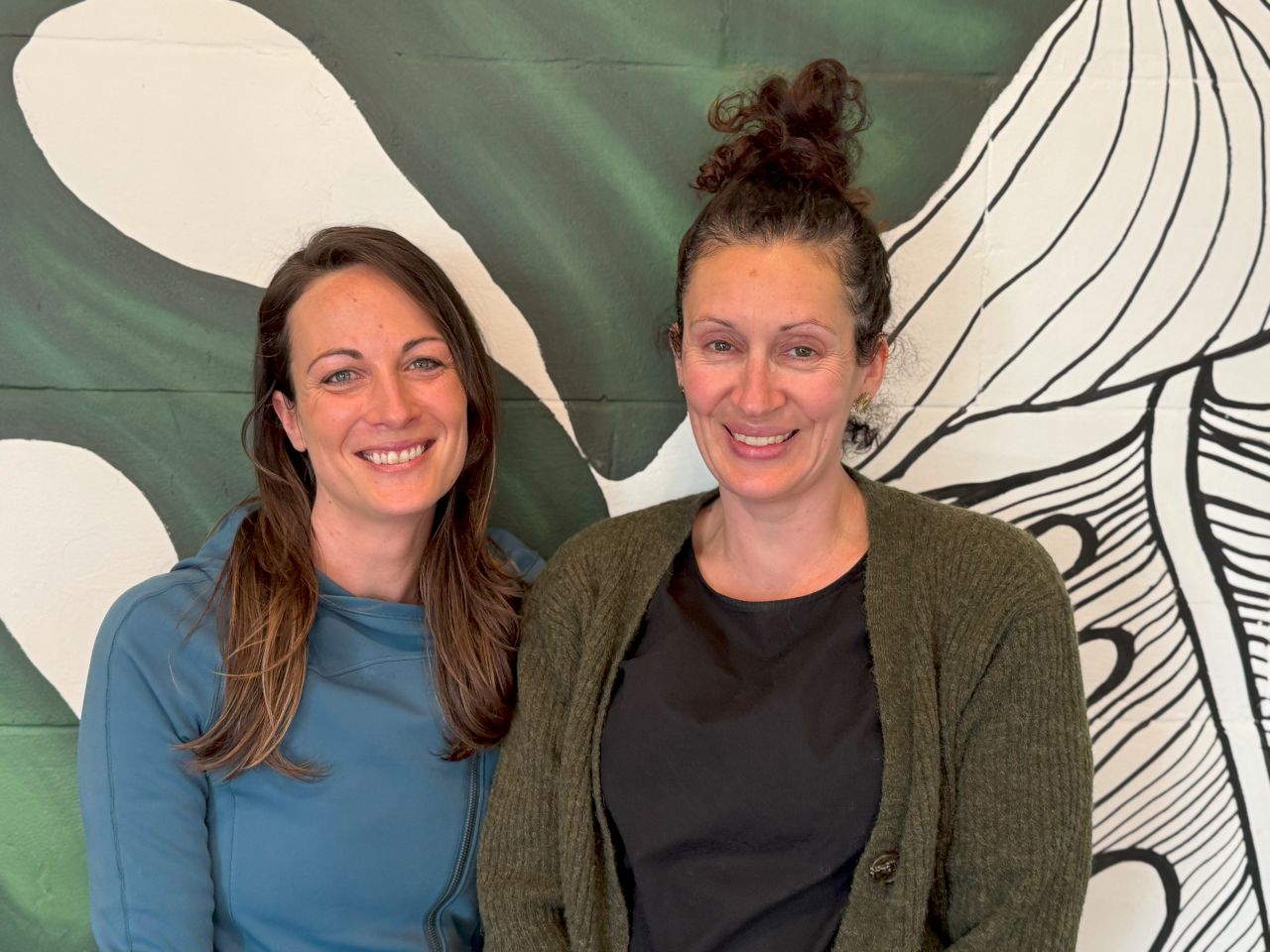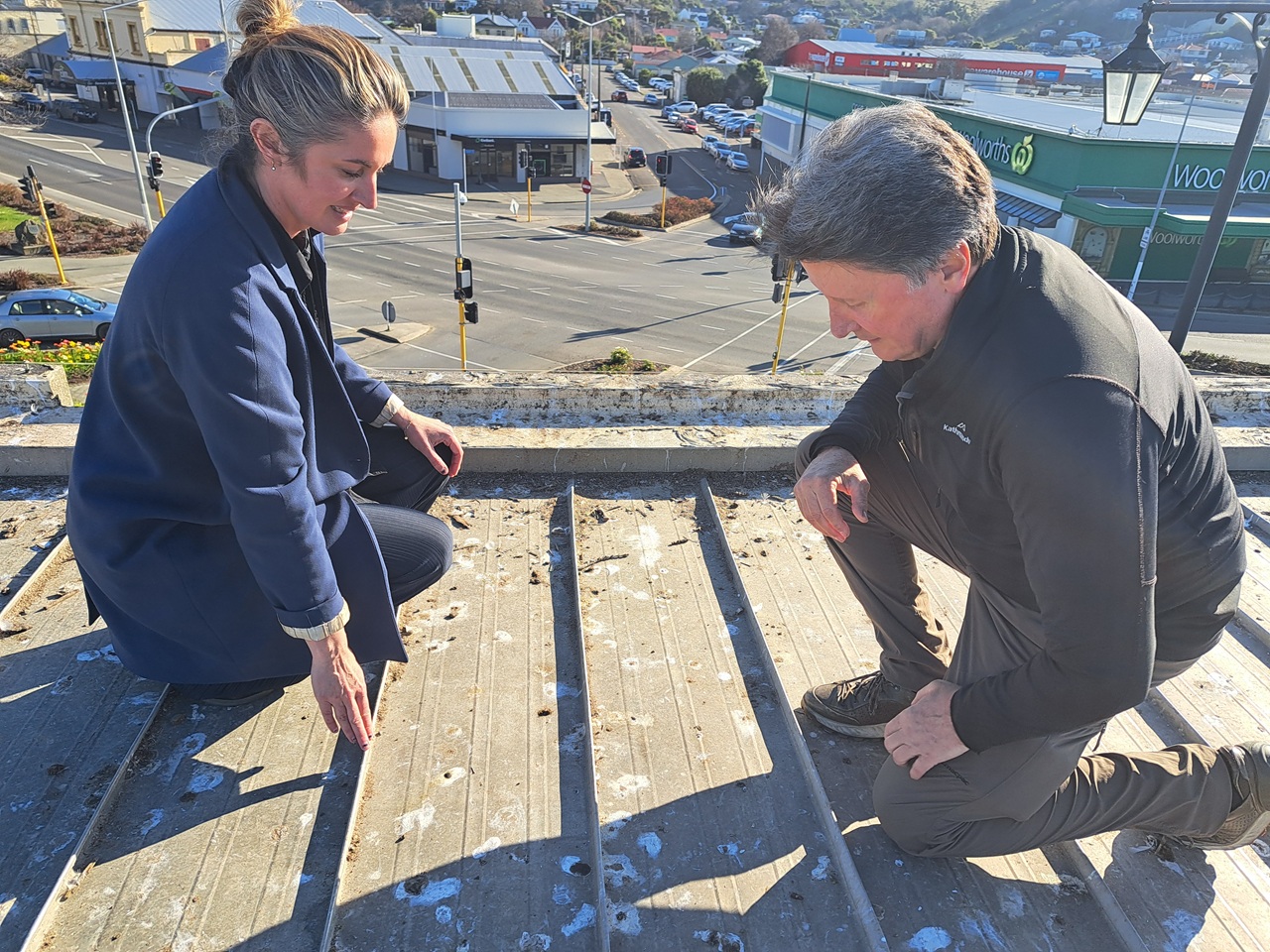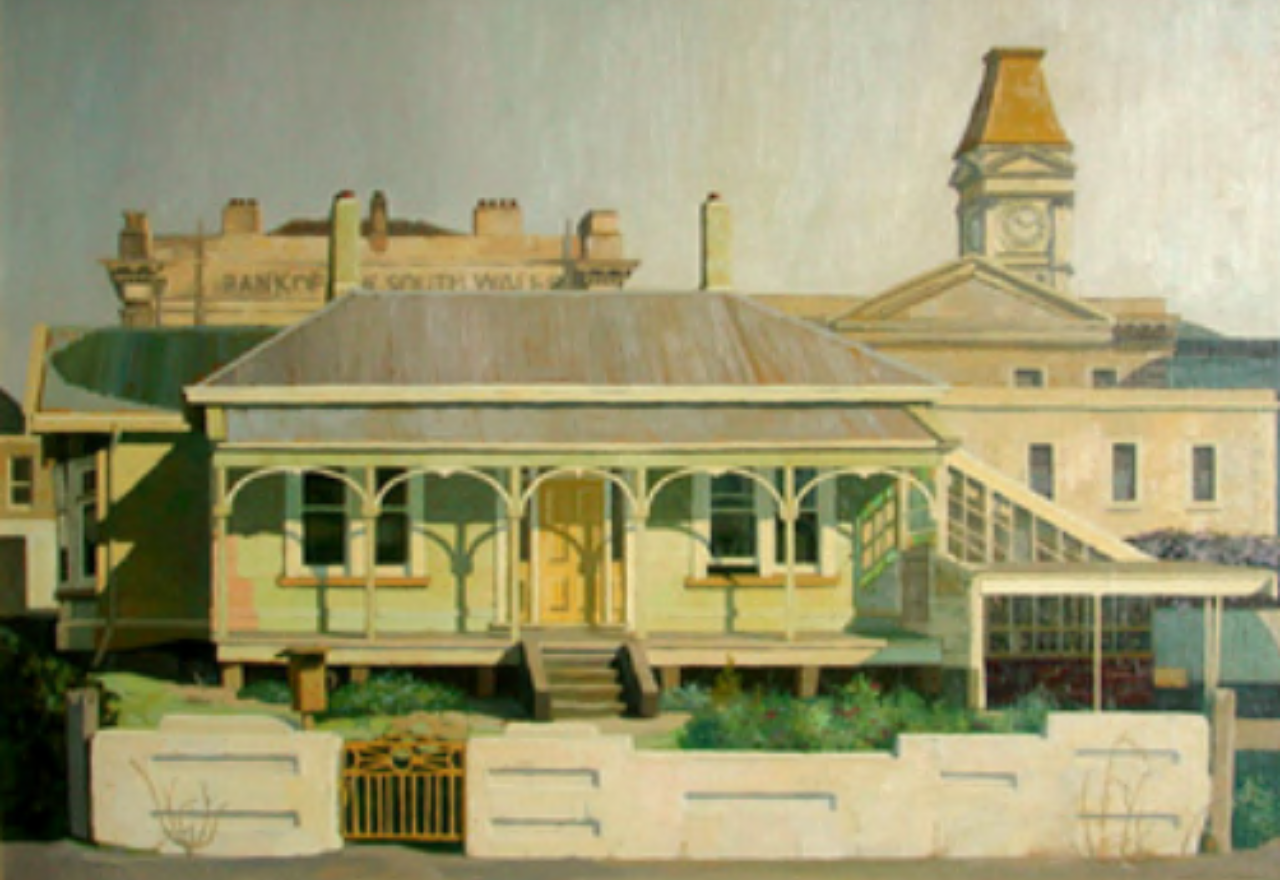Medicinal crop trials turning soil into success
Ashley Smyth
31 July 2025, 8:00 PM
 Viv Ferne and Jae Omnet with freshly harvested baical skullcap. Photo: Supplied
Viv Ferne and Jae Omnet with freshly harvested baical skullcap. Photo: SuppliedIn the year since seedlings went into soil, the results from the Waitaki Grown medicinal crop trials are looking promising.
The first harvest of the crops - a collaborative project between Waitaki District Council and farmers to explore land use diversification - has produced good phytochemical test results.
The goal of the trial is to add resilience to and support the economic growth of the Waitaki’s vital primary sector, council economic development advisor Rebecca Finlay says.
The project has been running since September 2023, funded by the Government’s Better Off fund, and the five crops were selected following a year of extensive research and consultation.
The project is testing the viability of growing five high-value crops in the Waitaki’s unique environment, to potentially create new products aimed at high-value markets.
Encouraging test results from the four root crops: astragalus, baical skullcap, liquorice, and withania (ashwagandha) have just been released, marking a significant milestone for the project, Rebecca says. Peppermint is the fifth crop.
Testing was carried out by one of Australasia’s most reputable phytochemical laboratories, with the results providing critical insights into the potential of these crops for future commercialisation, she says.
The key findings of the year-one testing included high saponin levels (specifically astragalosides), which exceed those in some high-quality reference samples.
The herb is used in traditional Chinese medicine, and saponin astragalosides are known for their cardio-protective and anti-inflammatory properties, and for helping regulate the immune system, among other things.
This is particularly exciting given this was a first-year crop and the crop is traditionally grown over a two-year cycle, Rebecca says.
Baical skullcap also performed well, with 9.22% baicalin - a key bioactive compound - detected in the sample. This is close to the 10.72% benchmark from the reference material and shows there is strong potential to cultivate this crop as an annual in Waitaki conditions.
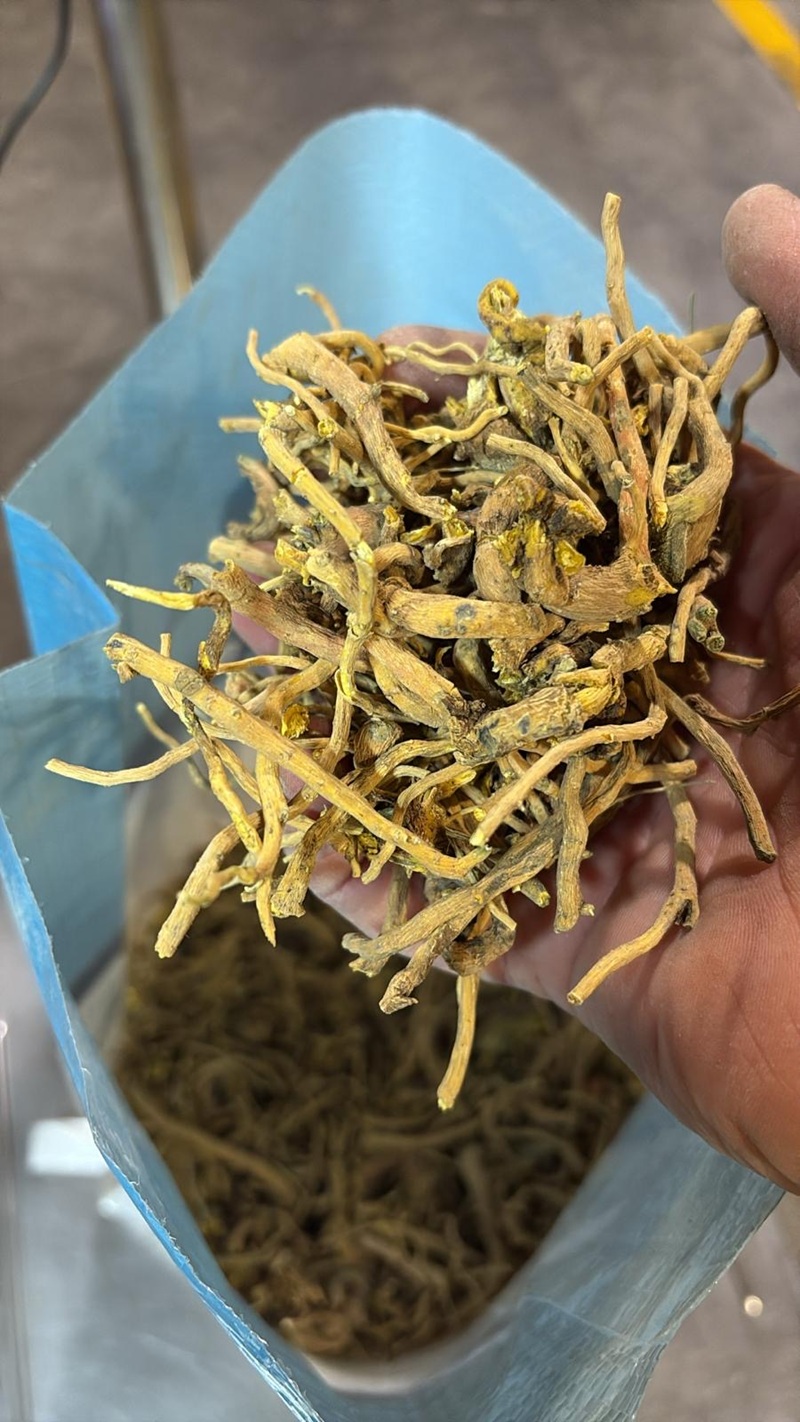
Dried baical skullcap root. Photo: Supplied
Baicalin also offers a range of potential health benefits as an anti-inflammatory, with neuroprotective effects and potential benefits for skin health, metabolic function and even cancer treatment.
The liquorice returned lower levels of glycyrrhizic acid in its first year, which was expected. The crop typically requires two to three years to reach peak phytochemical content and yield.
These early findings reinforce the need for multi-year cultivation trials, Rebecca says.
Glycyrrhizic acid looks particularly promising for those struggling with metabolic syndrome - potentially reducing body fat, healing stomach ulcers and fighting infections.
Meanwhile, withania (also known as ashwagandha) presented more modest results, with lower withanolide levels compared to benchmarks.
However, it remains a viable candidate for local processing due to its ease of cultivation and potential market for lower-grade material.
“These results are a major step forward for Waitaki Grown,” Rebecca says.
“We’re learning what works here, how to improve crop quality and yields, and which species have the strongest commercial potential growing in our climate.
“The results for astragalus and baical skullcap are particularly encouraging.”
The crops could provide a high-value diversification option for the Waitaki farming sector, Rebecca says.
“On the back of a challenging growing year, where we had major weed problems, a positive result like this is the motivation the team needed to continue with this innovative project.”
Going into year two, the project team is using these findings to refine planting and harvesting strategies, with a focus on improving phytochemical content.
They will also trial different growing methods, and evaluate the two-year crops next autumn.
Waitaki District Mayor Gary Kircher says projects like Waitaki Grown are about exploring future pathways for farmers and land use in the district.
“North Otago has some of the best growing soil in the country, and working with our farmers to support land-use diversification into medicinal crops as an alternative, high-value option, will ensure we get the best out of it,” he says.
Council chief executive Alex Parmley says the crop trial is about supporting our farmers in exploring how farming can be diversified in the Waitaki.
“Adding resilience to our agricultural sector and ensuring it continues to drive economic growth in our district.”
Waitaki Grown is also exploring future research partnerships, including applications in animal health and soil wellbeing, Rebecca says.
This reflects a broader vision for integrated land use systems that support environmental and economic sustainability in the district.
Community members or potential growers who would like to learn more or get involved in year two trials are encouraged to contact the Waitaki Grown team via the council.
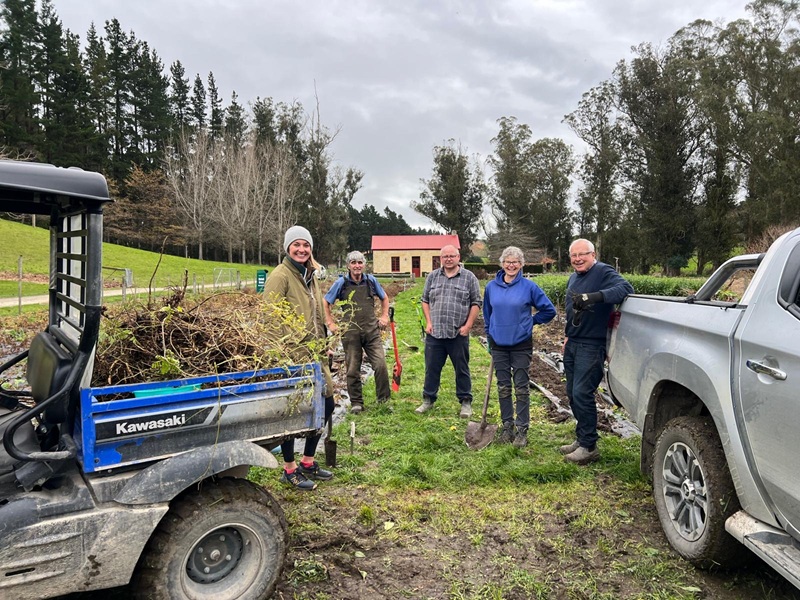
Hard at work are some of the Waitaki Grown team (from left) Rebecca Finlay, Johnny Halvorsen, Craig France, Viv Ferne and Jock Webster. Photo: Supplied
NEWS
WHAT'S ON GUIDE
